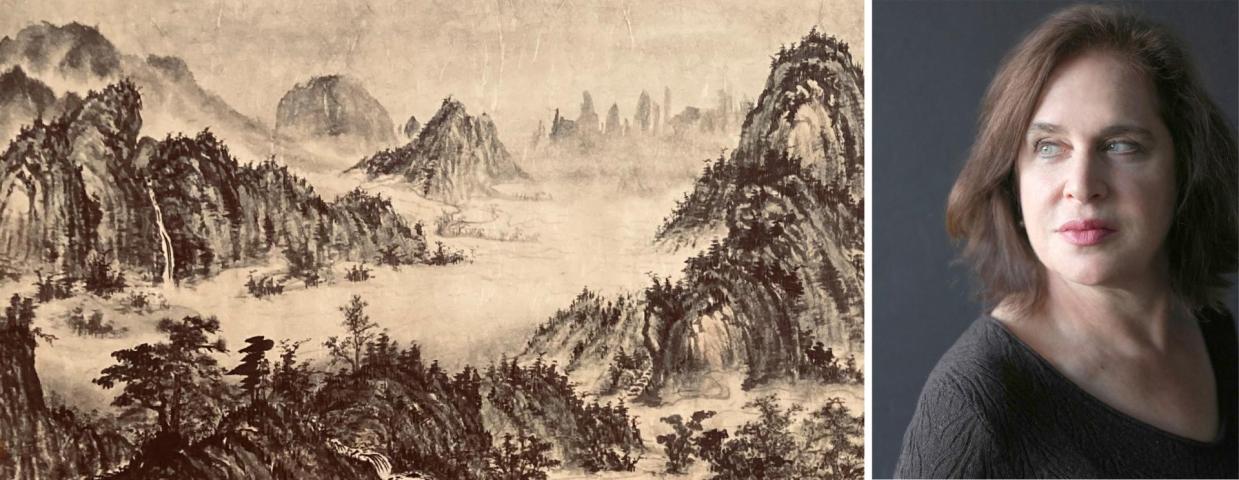-
Nov. 7, 2022
4:45 p.m. - 5:45 p.m.
 Glendening Annex
Glendening AnnexIntended Audience
FacultyStaffStudentsGeneral public
The landscape, broadly interpreted as nature, forms the source of inspiration for Chinese philosophy and art. The lecture uses key selections of Chinese poetry and sutras in translation to illuminate the themes of classical Chinese landscape painting of the Tang and Song dynasties that embody the poetic use of space to suggest sacred presence. We will discuss important paintings in Chinese art from archaic times through the Tang dynasty (618-907), when the arts flourished, and from the Tang through the Song and Yuan Dynasties (1279-1368) in album leaf, horizontal, and vertical scroll formats. Elements of Taoism, Buddhism, and Confucianism inform Chinese art and provide insight into the traditional Chinese worldview. With an illustrated talk and selections from Chinese texts, we look at selected themes of Chinese art such as the centrality of nature and the landscape and the energy of calligraphy arising from Ch’an and Zen aesthetics. We will also comment on the unique tradition of the scholar-artists who developed art and landscape painting as a meditation on nature.
Celia Rabinovitch, an artist, writer, and scholar, holds a PhD in Chinese religions and modern art history (McGill University, Montreal), and an MFA in painting (University of Wisconsin-Madison), and has taught art and art history at major universities in North America. Her book, "Surrealism and the Sacred: Power, Eros, and the Occult in Modern Art" (2003), uncovers the struggle between sacred and secular forces in art from prehistory to Surrealism, and cited by poets, artists, and historians and the book, "Duchamp’s Pipe: A Chess Romance–Marcel Duchamp & George Koltanowski" (2020), uncovers the world of audacious bohemia through the intertwined lives of the Dadaist artist, Marcel Duchamp and the chess wizard, George Koltanowski. Her other publications explore connections among art, biography, poetry, and spiritual experience. She has written on contemporary Chinese art for Artweek San Jose, and for Metalsmith, and has taught courses on Chinese and Zen painting at the University of Colorado at Denver, Stanford University, and U.C. Berkeley. Influenced by Ch’an aesthetics and modern art, her luminous paintings have been shown in the USA, Canada and Europe.
Event Sponsor(s)
Department of ArtSue Johnsonsrjohnson@smcm.edu240-895-4250Lecture
